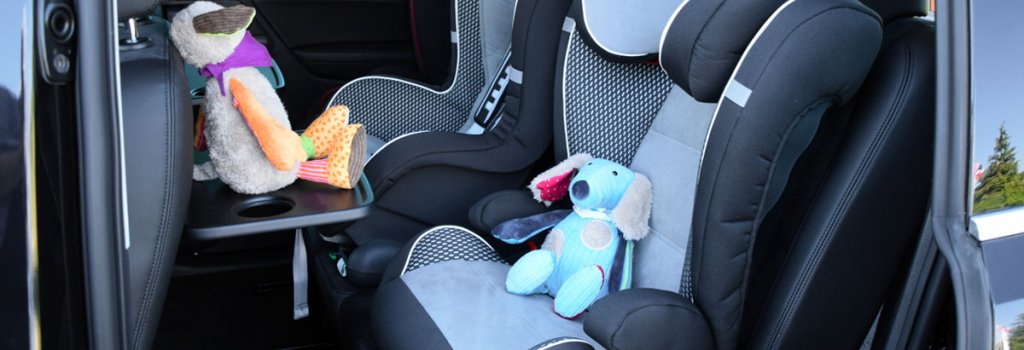Parents risk children's safety due to fitting child seats incorrectly

- One in three (32%) child seats are fitted incorrectly
- One in 10 (10%) of these are dangerously wrong putting children at high risk of injury in the event of an accident
- Over a third of parents (35%) admit they struggle to install their child seats
- Half of parents (50%) not switching off air bag when child seat is in front passenger seat
Parents are risking their children’s lives as they fail to fit child seats properly.
In a live experiment conducted by Sheilas’ Wheels, researchers inspected 100 randomly selected cars with child seats to check if the seat was fitted correctly. The research found that one in three (32%) parents with children under 12 had their car seats fitted incorrectly – and of these, one in 10 (10%) were fitted dangerously wrong.
Common errors include harnesses that are incorrectly positioned, twisted or too loose, misuse of vehicle head restraints, incorrect use of seat belts, and children being too big or small for the restraint used. In these cases the child sitting in these seats could be severely injured in a car accident.
When questioned by researchers, more than a third (35%) of parents admitted they struggle to install their child seat and one in eight (12%) do not feel that they are installing it safely. In fact, more than half of parents (56%) struggle with twisted seat belts, unstable car seats (8%) and loose harnesses (3%).
Close to one in three (29%) parents say their child seat moves easily from side to side, or that the seatbelt isn’t long enough to secure the seat (8%). Many also experience their child taking their arms out of the straps (23%) or their child escaping from the seat itself (9%).
Many parents are unaware that child car seats should never be used on any seat fitted with an airbag unless it is deactivated – as its proximity to a child in a car seat can cause injury if it is activated. One in 12 (8%) parents have a child seat in their front passenger seat – and of these, half (50%) have not switched off the air bag.
One in 20 (5%) parents say they use a blanket under the child car seat to protect the car but do not realise that this might impact the safety of their child. Indeed, aftermarket products for car seats such as blankets, seat covers, seat protectors, head rests and harness covers aren’t always crash-tested and may alter the seat’s functions during a crash.
This research comes after a Department of Transport report last year, which showed that child road deaths (aged 16 or under) had risen by 3% to 53 deaths from September 2013 to 2014 – the first increase in 20 years.
Current regulations stipulate that when travelling in a car, children must be secured in a car seat until they are 12 years old or 135cm tall; whichever comes first– but according to the research one in three (33%) of those aged 9-11 do not use a car seat at all. Around one in four (28%) parents are unaware of the current rules, with many (15%) believing they no longer need to use a child seat when a normal seatbelt fits them comfortably.
Responding to the findings, Sheilas’ Wheels spokesperson Elspeth Hackett, said: “It is extremely important to be aware of what type of car seat your child should be in, so they are secure if something happens while you’re driving. By law you need to transport children in an age and height-appropriate car seat each time you drive, but many parents make simple mistakes by using the wrong seat or installing it incorrectly, putting their child’s life in danger. Every child seat is different, so installation and use recommendations will differ.”
5 tips to make sure car seats are fitted safely as devised by childseatsafety.co.uk
|
1 |
Make sure you have a child restraint system and that it is the right one for the child’s weight and height. |
|
2 |
Don’t be in a rush to transfer a child up to the next stage of seat. |
|
3 |
Remember to alter the harnesses, head restraint and vehicle seat belts as the child grows. |
|
4 |
Look after the restraint, it will look after your child – make sure harnesses and seat belts are not twisted. |
|
5 |
If the vehicle seat belt is holding the restraint in place check that it is routed correctly. |
PCP research conducted a live experiment with certified car safety technicians in which 100 randomly selected cars with child seats were checked. Each car was checked to see whether each child seat was installed correctly, incorrectly and safe and incorrectly and dangerous. Plus the researchers also calculated the proportion of cars using the incorrect seat based on the child’s age/height and the proportion of those in the front seat with the airbag switched on. In addition to this nine survey questions were also asked to the 100 parents.
